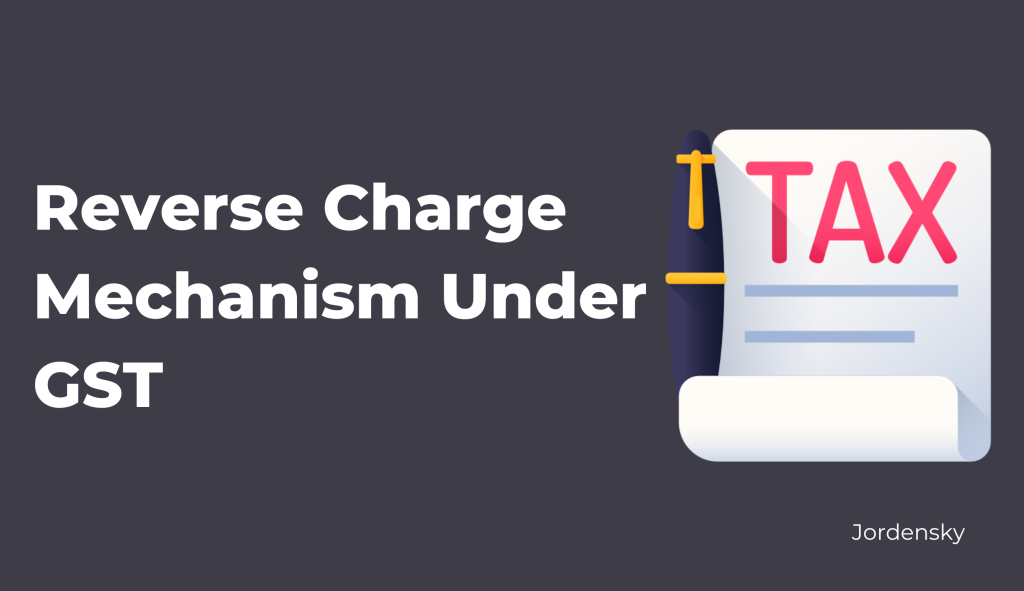
Reverse Charge Mechanism (RCM) Under GST: When the Buyer Pays the Tax
In the standard GST framework, it’s the supplier who collects and pays the tax to the government. But under the Reverse Charge Mechanism (RCM), this responsibility is flipped—the recipient of goods or services becomes liable to pay the GST directly. This mechanism is crucial in ensuring tax compliance in cases where the supplier might not be in a position to fulfill this obligation, especially when unregistered entities are involved.
In cases where a registered person purchases goods or services from an unregistered supplier, RCM is triggered. Also, The government has specified certain goods and services (like legal services, transportation by a goods transport agency, security services, etc.) where RCM must be applied, irrespective of the registration status of the supplier.
RCM brings accountability and tax transparency, especially in transactions with small or unregistered vendors. But it also places an additional compliance responsibility on the buyer. Understanding when RCM applies, how to account for it, and how to claim ITC properly is critical to avoiding penalties, interest, and disruptions in your GST filings.
